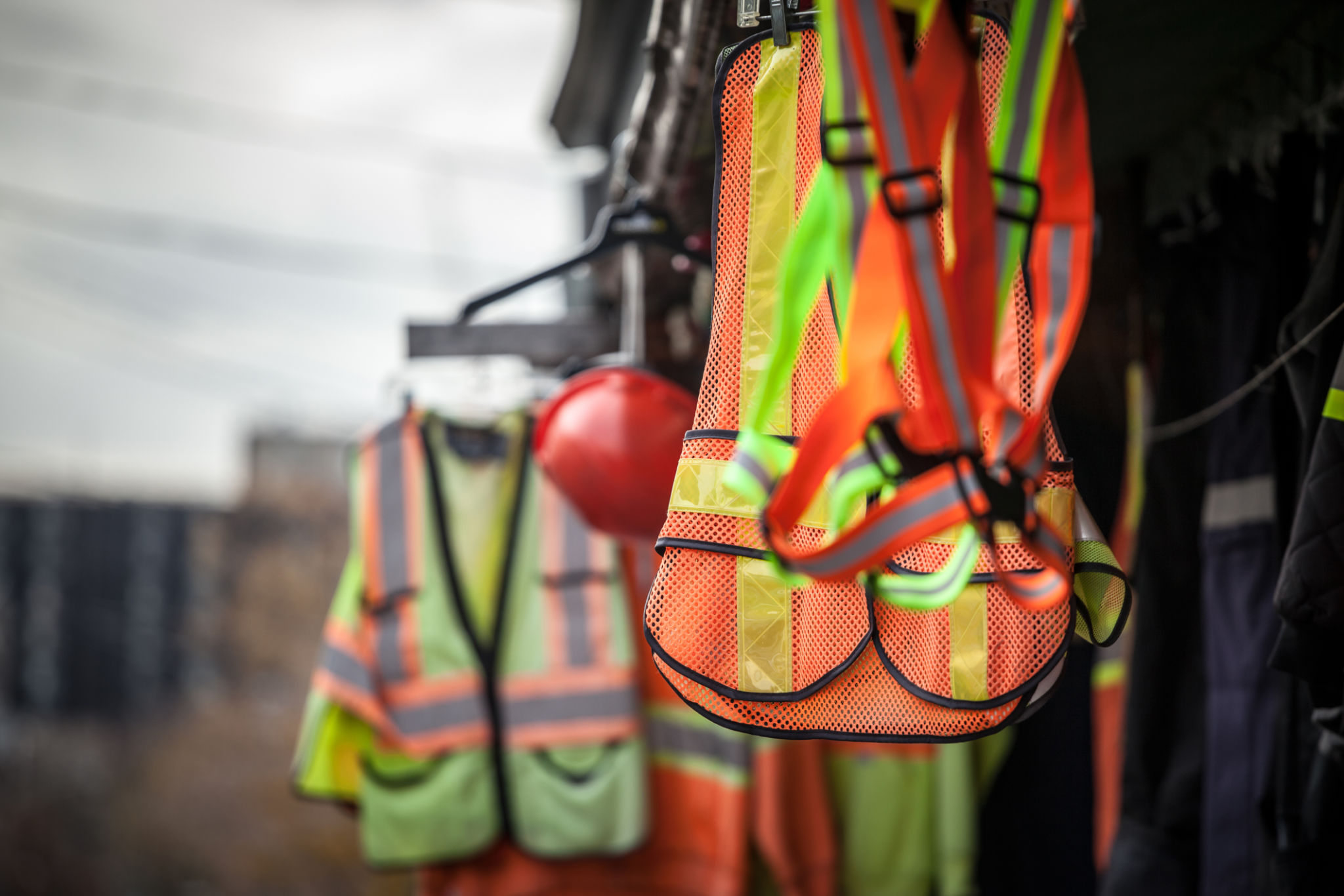Demolition Safety: Best Practices to Protect Your Crew and Site
Understanding the Importance of Demolition Safety
Demolition work is inherently dangerous, involving heavy machinery, hazardous materials, and unpredictable structures. Ensuring safety on a demolition site is paramount to protect workers and prevent accidents. By adhering to best practices, project managers can significantly reduce risks and create a safer environment for everyone involved.
Prioritizing safety not only protects the crew but also shields the business from potential legal liabilities and project delays. A comprehensive safety plan should be in place before any demolition activity begins, addressing all foreseeable hazards and establishing clear protocols.

Conducting a Thorough Site Assessment
Before commencing any demolition work, a detailed site assessment is crucial. This involves evaluating the structural integrity of the building and identifying potential hazards such as asbestos, lead, or other hazardous materials. Environmental factors, such as weather conditions and surrounding structures, must also be considered.
By performing a thorough site assessment, teams can develop a targeted plan that addresses specific risks associated with the site. This proactive approach not only enhances safety but also improves efficiency during the demolition process.
Identifying Hazards and Implementing Controls
Once potential hazards are identified, appropriate controls must be put in place. These may include engineering controls, such as installing protective barriers or using water sprays to minimize dust. Administrative controls, like establishing safe work practices and emergency procedures, are equally important.

Equipping Workers with Proper PPE
Personal Protective Equipment (PPE) is an essential component of demolition safety. All workers should be equipped with the necessary PPE, such as hard hats, safety goggles, gloves, and steel-toed boots. Depending on the site's specific hazards, additional protection like respiratory masks or hearing protection may be required.
It is vital to ensure that PPE is not only available but also properly fitted and maintained. Regular training sessions should be conducted to educate workers on the correct use and care of their protective gear.
Training and Communication
Effective training and clear communication are critical elements of a successful safety strategy. Workers must be regularly trained on the latest safety protocols and emergency procedures. This training should be ongoing to keep everyone updated on new regulations or changes in work conditions.

Maintaining Equipment and Machinery
The condition of machinery and equipment used in demolition plays a significant role in site safety. Regular maintenance checks should be scheduled to ensure all tools and machines are functioning correctly. Any malfunctions or defects must be addressed immediately to prevent accidents.
Operators should be thoroughly trained on the use of machinery, and only authorized personnel should operate heavy equipment. By maintaining equipment in top condition and verifying operator competence, crews can minimize the likelihood of equipment-related incidents.
Establishing Emergency Procedures
No matter how carefully a project is planned, emergencies can still occur. Having well-defined emergency procedures is crucial for quickly addressing unexpected situations. All crew members should be familiar with these procedures and know their roles during an emergency.
Regular drills and reviews of emergency protocols can help ensure that everyone is prepared to respond effectively in a crisis. This preparedness can significantly reduce the impact of emergencies on both personnel and property.